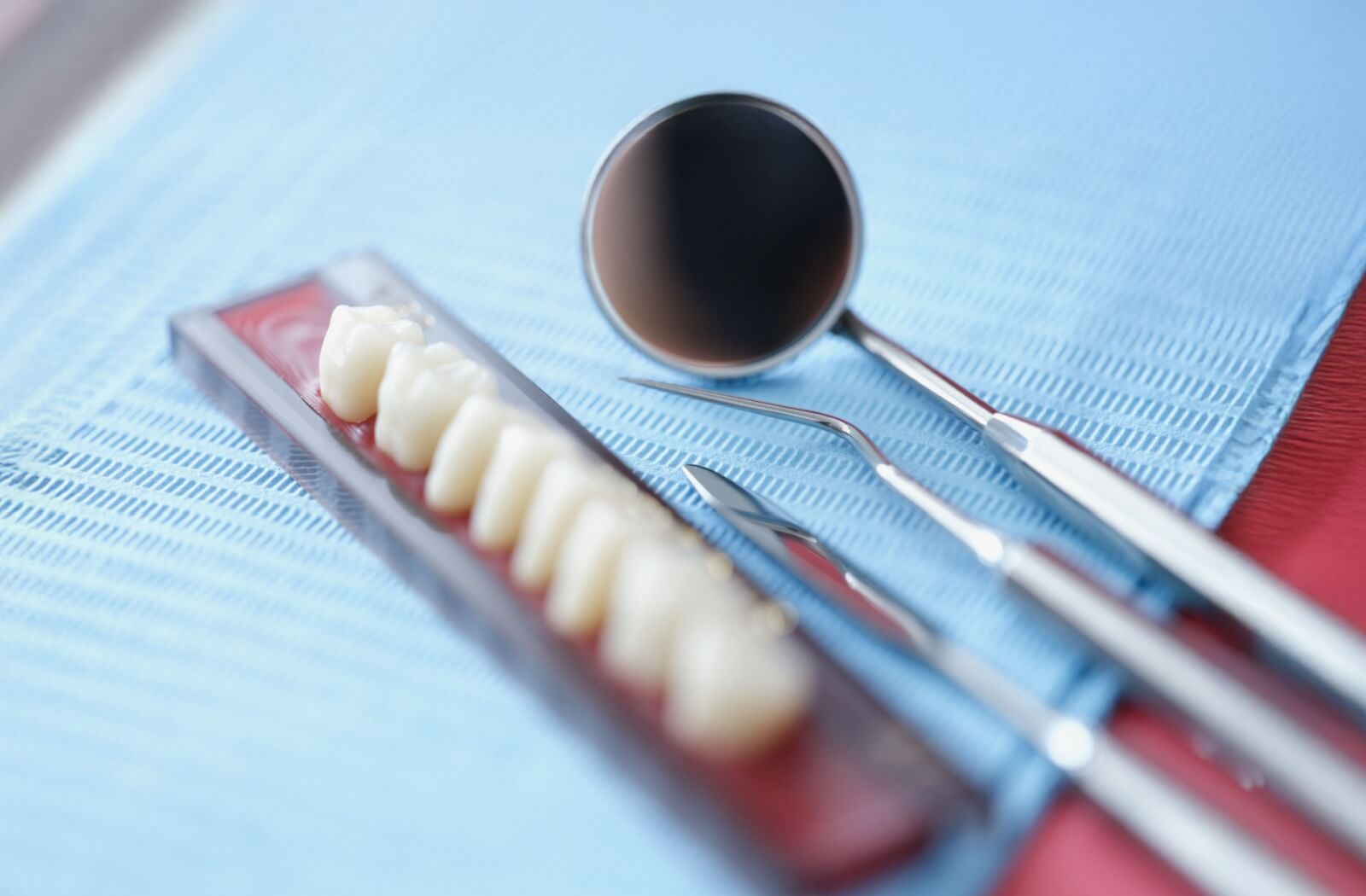
When you’re missing multiple teeth and need to fill the gap, a dental bridge can be the solution to help restore your smile’s appearance and functionality. Dental bridges can help you maintain proper oral health while enjoying the benefits of a complete set of teeth.
However, dental bridges are not permanent and generally need replacing every 10 years on average. Depending on your lifestyle and oral hygiene habits, you may also need repairs during their lifespan. Through regular cleanings and exams, you can extend the longevity of your dental bridge and maintain your overall oral health.
Dental Bridges & Their Purpose
A dental bridge is a custom-made dental appliance designed to fill the gap left by missing teeth. These bridges are moulded to your mouth for a perfect fit and are matched to your natural teeth. The artificial teeth, known as pontics, are anchored to adjacent teeth using abutments, effectively "bridging" the gap.
Dental bridges are typically constructed from durable materials like porcelain and come in various types based on your dental health and the condition of your remaining teeth. Beyond improving your smile’s aesthetics, dental bridges help prevent your remaining teeth from shifting out of place. Misaligned teeth can lead to challenges with brushing and flossing, increasing the risk ofgum disease, tooth decay, and jaw problems.
When properly cared for, a dental bridge can last upwards of 10 years. However, poor habits or inadequate care can shorten its lifespan, requiring repairs or early replacement.
Dental Bridge Replacement & Repair
During routine dental cleanings, your hygienist may notice signs that your dental bridge needs attention and recommend seeing your dentist. If you notice issues with your bridge between appointments, scheduling an exam promptly to address any problems and prevent further oral damage is essential.
Signs that yourdental bridge may require repair or replacement include:
- Movement or shifting of the bridge
- Problems with your bite
- Tooth sensitivity near the bridge
- Unpleasant odours or tastes caused by trapped bacteria
- Persistent discomfort
Dental bridges are designed to withstand regular wear, but several factors can contribute to early failure. Common causes for dental bridge issues include:
- Inadequate Oral Hygiene: Most bridge failures are caused by poor oral hygiene, which leads to decay orgum disease.
- Weak Abutment Support: If the supporting teeth become weak or unstable, uneven pressure can cause the bridge to fail.
- Bad Habits: Chewing on hard foods, such as nuts or hard candies, or biting non-food items like pens can damage the bridge’s pontics or crowns.
- Lack of Regular Cleanings and Exams: While at-home care is vital, professional cleanings and dental exams help monitor wear and tear, ensuring the bridge remains secure.
By identifying potential issues early, your dentist can plan for repairs or replacements well in advance, helping you avoid dental emergencies.
How to Fix a Dental Bridge
The repair process for a dental bridge depends on its type and the extent of the damage. In minor cases, your dentist may remove the cement securing the bridge, address the underlying issue, and reattach the same bridge.
In more severe situations, where the cement won’t loosen, or the pontics and crowns are damaged, the bridge may need to be removed entirely and replaced. If tooth decay affects the supporting teeth, the bridge will need to be removed, and the underlying teeth will need to be treated before a new bridge can be fitted.

Caring for Your Dental Bridge
Caring for your dental bridge is essential to maximize its lifespan. Fortunately, maintaining your bridge is straightforward when you incorporate good oral hygiene practices into your routine.
Here are some tips to keep your dental bridge in excellent condition:
- Brush Twice Daily: Use a soft-bristle toothbrush to thoroughly clean your teeth and the bridge.
- Floss Daily: A floss threader can help clean beneath the bridge and remove trapped debris.
- Use Interdental Brushes: These brushes target hard-to-reach areas around your bridge to effectively remove plaque.
- Incorporate a Water Flosser: Water flossers provide a deeper clean, complementing traditional flossing and supporting gum health.
Following these steps and attending regular dental checkups can protect your dental bridge from premature wear and ensure your oral health remains in optimal condition.
Protect Your Dental Bridge with Rundle Dental
A dental bridge is an excellent solution for restoring the appearance and functionality of your smile when missing teeth. Beyond boosting your confidence, a dental bridge improves your bite, speech, and oral health. However, proper care is crucial to prevent the need for early replacement.
Since food particles can accumulate beneath a dental bridge—increasing the risk of gum disease and decay in adjacent teeth—our team at Rundle Dental offers regular professional cleanings to help provide a deeper clean and address areas that at-home care may miss. We’re committed to helping you maintain a healthy, bright smile by keeping your dental bridge in excellent condition.
Schedule your next exam and cleaning with Rundle Dental, and let our experienced team support your oral health. Together, we can help ensure your smile stays healthy and confident for years.